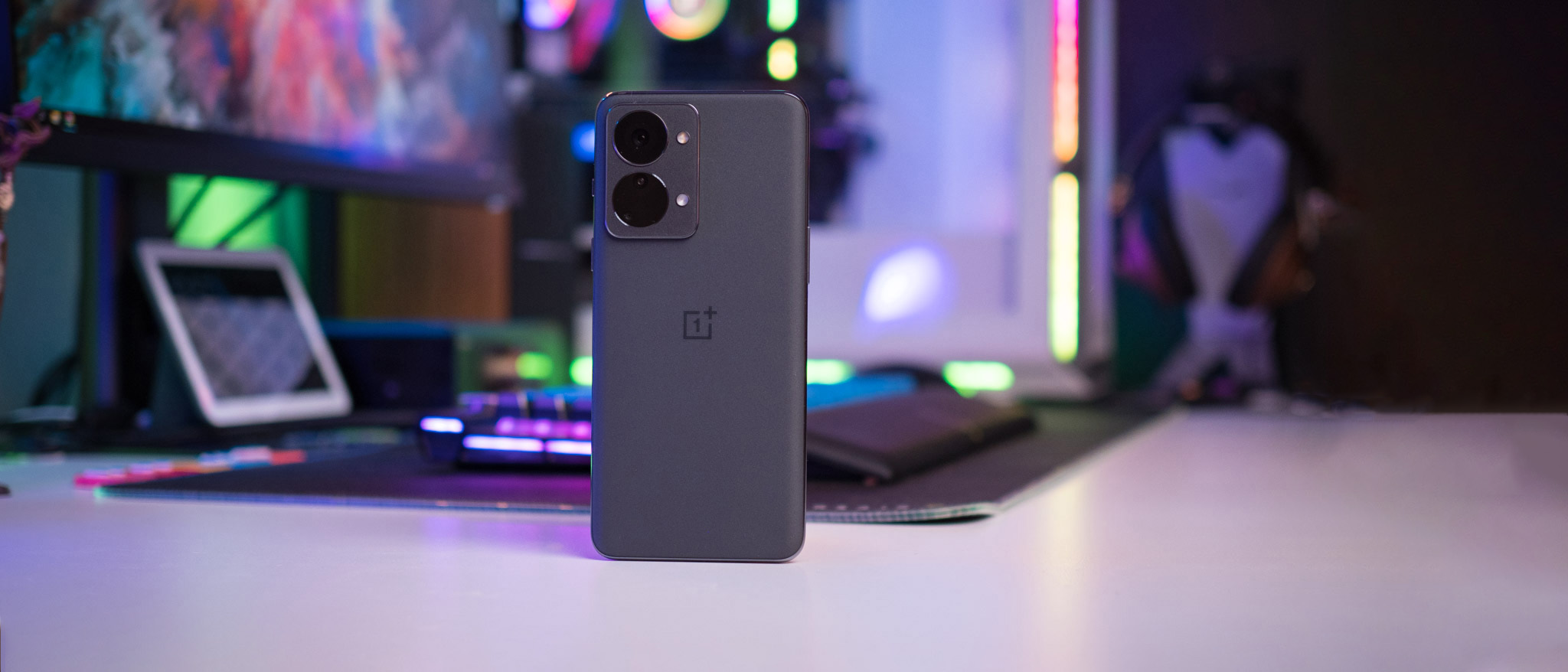Android Central Verdict
Outside of a few design changes, the OnePlus Nord 2T is nearly identical to last year's Nord 2. The only major difference on the hardware side of things is 80W wired charging. You're getting the same 90Hz AMOLED panel, same caliber of hardware with the Dimensity 1300, same cameras at the front and back, and the same 4500mAh battery. That said, the Nord 2 was one of the best mid-rangers of 2021, and the Nord 2T excels in the same areas.
Pros
- +
Reliable hardware
- +
Good AMOLED screen
- +
All-day battery with fast charging
- +
Bloat-free software
Cons
- -
No meaningful difference to last year's model
- -
No IP rating
- -
No wireless charging
- -
Slow software updates
Why you can trust Android Central
You're not mistaken if you think that OnePlus is launching too many Nord devices of late. The first-gen Nord released just two years ago, and the Nord 2T has the distinction of being the 10th device in the series. The frenetic launch cycle is in line with OnePlus's shift in strategy, with the manufacturer now focused on the budget and mid-range categories.
Just this year, we've seen the Nord CE 2 5G (which is nearly identical to the Nord CE), the Nord N20 5G, and the Nord CE 2 Lite 5G. With so many launches clustered together, there's very little in the way of differentiation between these devices, and that's particularly true with the Nord 2T. The T branding is usually reserved for a mid-cycle refresh, but confusingly, the Nord 2T is launching a year after the Nord 2.
The bigger issue is that there isn't anything new with the Nord 2T. This is a tame release even for a mid-cycle refresh; it has the same hardware, same cameras, same battery, and the same screen as last year's Nord 2. As far as I can make out, the only difference is the switch to 80W fast charging, and a new design.
That's not necessarily a bad thing. In my Nord 2 review last year, I called it the mid-range phone to beat, and the device is still going strong in 2022. So I understand why OnePlus didn't make any meaningful alternations here, but in the last 12 months, there have been a lot of noteworthy launches in this category. So does the Nord 2T hold up against the best mid-range phones in 2022? Let's find out.
OnePlus Nord 2T: Pricing and global availability
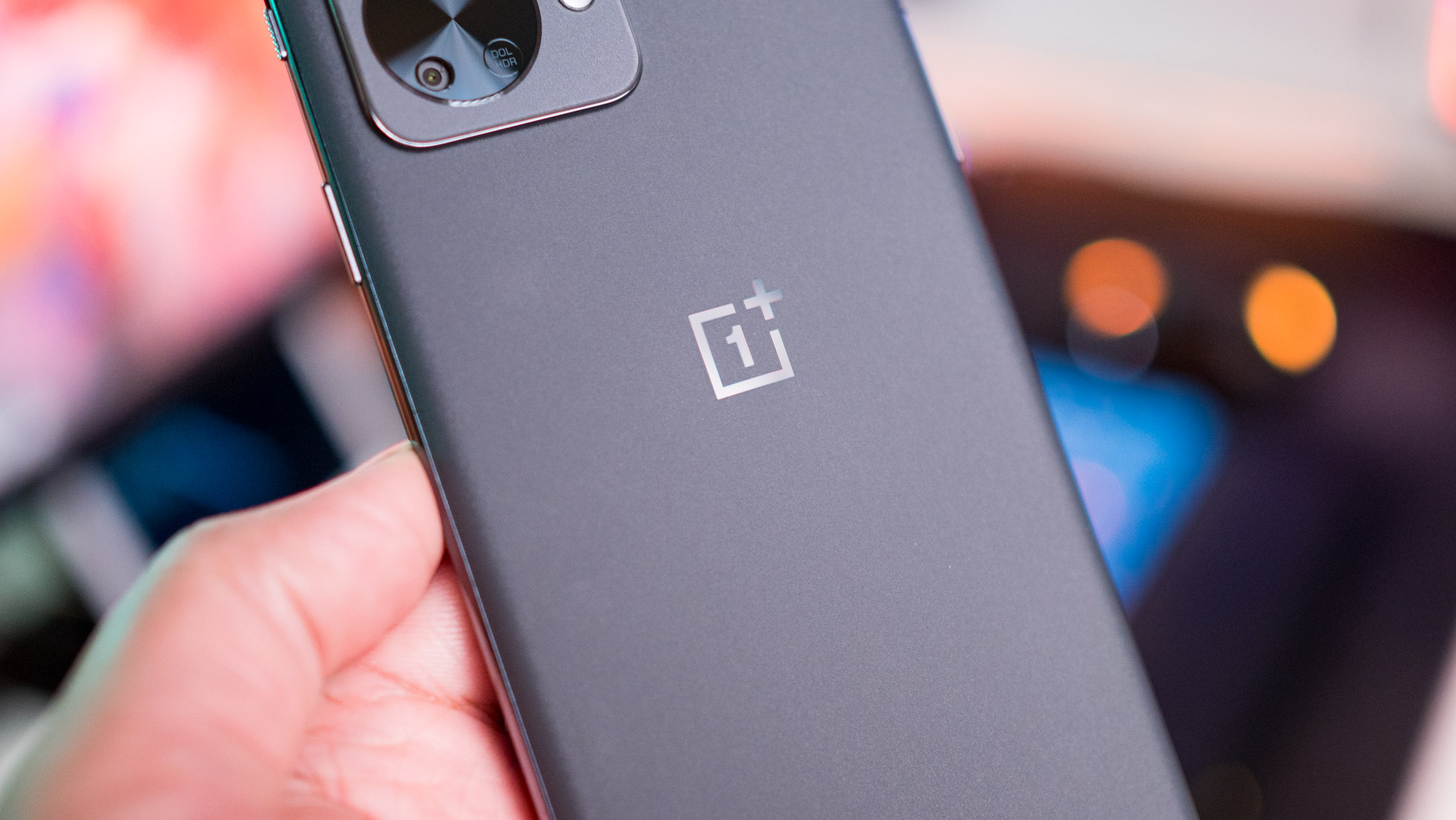
The Nord 2T was unveiled on May 19, going up for sale starting May 22 in the U.K. and other countries in the region. OnePlus launched the device in India on July 1, with sales kicking off July 5. The Nord 2T is sold in two variants, with the 8GB/128GB model retailing at £369($445) in the U.K. and €399 ($416) in Europe. The 12GB/256GB model is available for £469 ($568) in the U.K. and €499 ($542) in other parts of Europe.
Given the value-focused nature of the Indian market, the Nord 2T is considerably more affordable in the country. The 8GB/128GB version is available for ₹28,999 ($367), and the 12GB/256GB option can be picked up for ₹33,999 ($430). Essentially, you can get the 12GB/256GB model in India for less than the 8GB/128GB variant in the U.K. — this has been the case with OnePlus hardware for a few years now, making India the best market to pick up the manufacturer's phones.
OnePlus Nord 2T: Design and screen

OnePlus has been making phones for over eight years now, and in all that time, it has paid a very close attention to design. The Chinese manufacturer didn't have anywhere near the scale of Samsung or Xiaomi, and as such, it had to turn to OPPO to source parts and manufacture its phones. Because it didn't have as much control over the hardware itself, OnePlus made it a point to differentiate its devices with evocative designs.
Get the latest news from Android Central, your trusted companion in the world of Android
OnePlus seems to be making a habit of introducing ugly designs in 2022.
But that narrative has changed in the last 12 months; OnePlus doesn't pay anywhere as much attention to design these days, and that's evident with some of the 2022 launches. The OnePlus 10R had what is arguably the worst design of any phone I've used this year, and the Nord 2T isn't far behind.
While the overall design aesthetic hasn't changed, the new camera housing at the back is gigantic and looks out of proportion with the rest of the device. The 50MP primary lens gets its own ring, with the 8MP and 2MP modules slotted into the second ring at the bottom, and the LED flash located to the right.
This isn't the first time I've used phones with a massive camera island — the POCO M3's housing stretched across its width, and the Xiaomi 11 Ultra had a gargantuan camera island that jutted out considerably. But in those scenarios, the camera housing didn't look outlandish as it was designed for that particular device — that's not the case here. It it feels like OnePlus had to rummage in the BBK parts bin and reuse whatever was available, because the camera island just doesn't fit with the rest of the aesthetic.
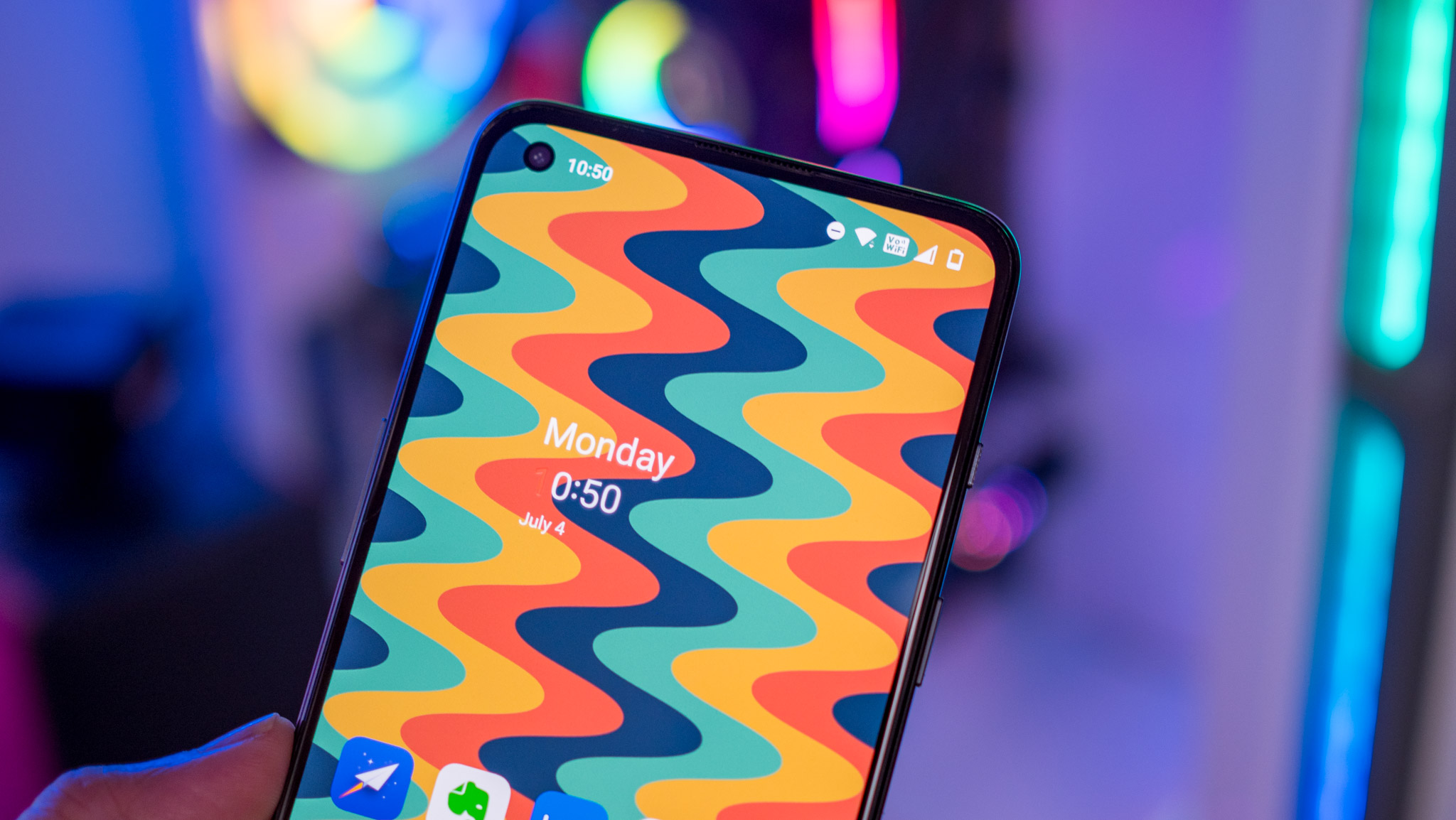
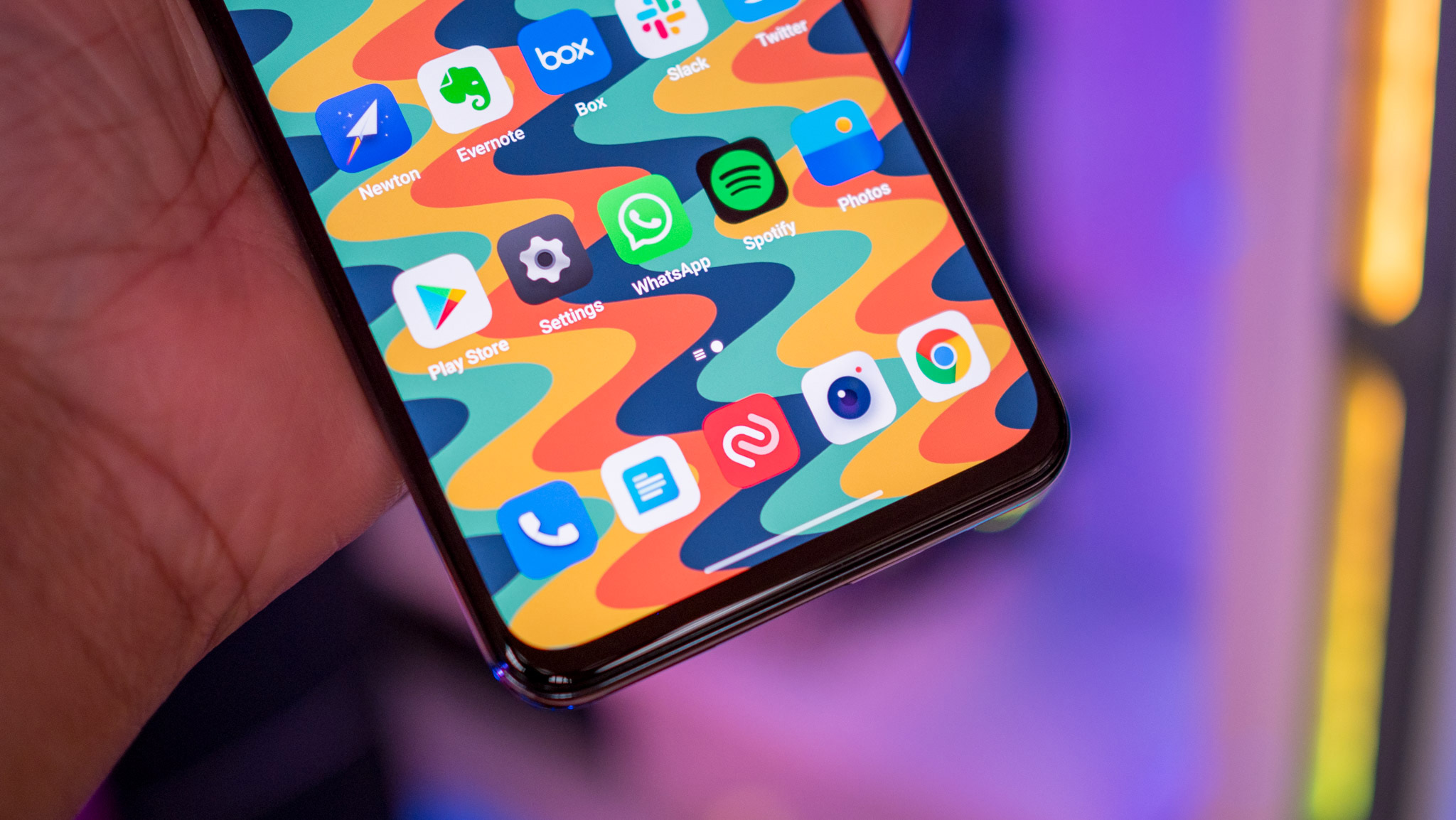


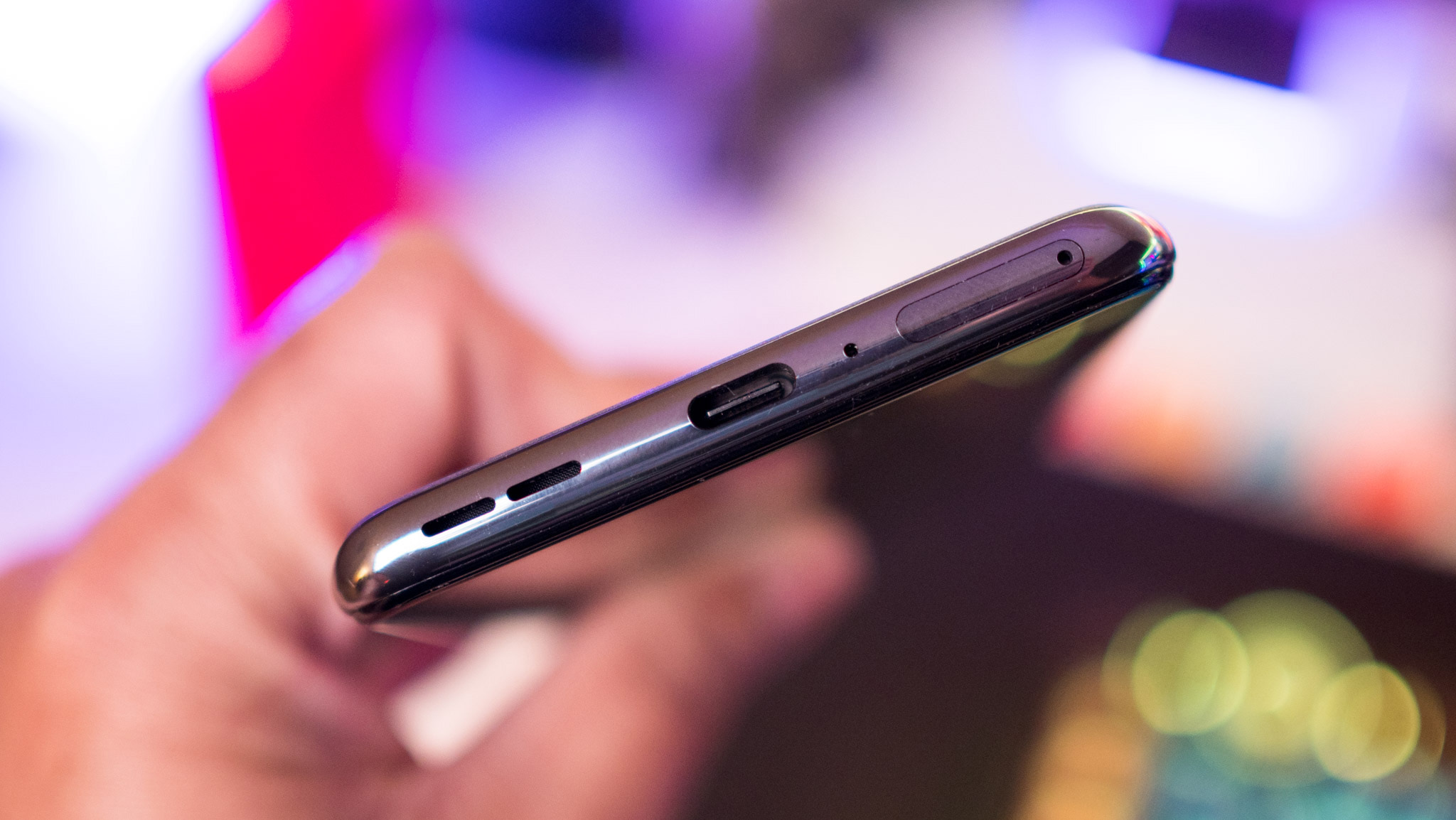
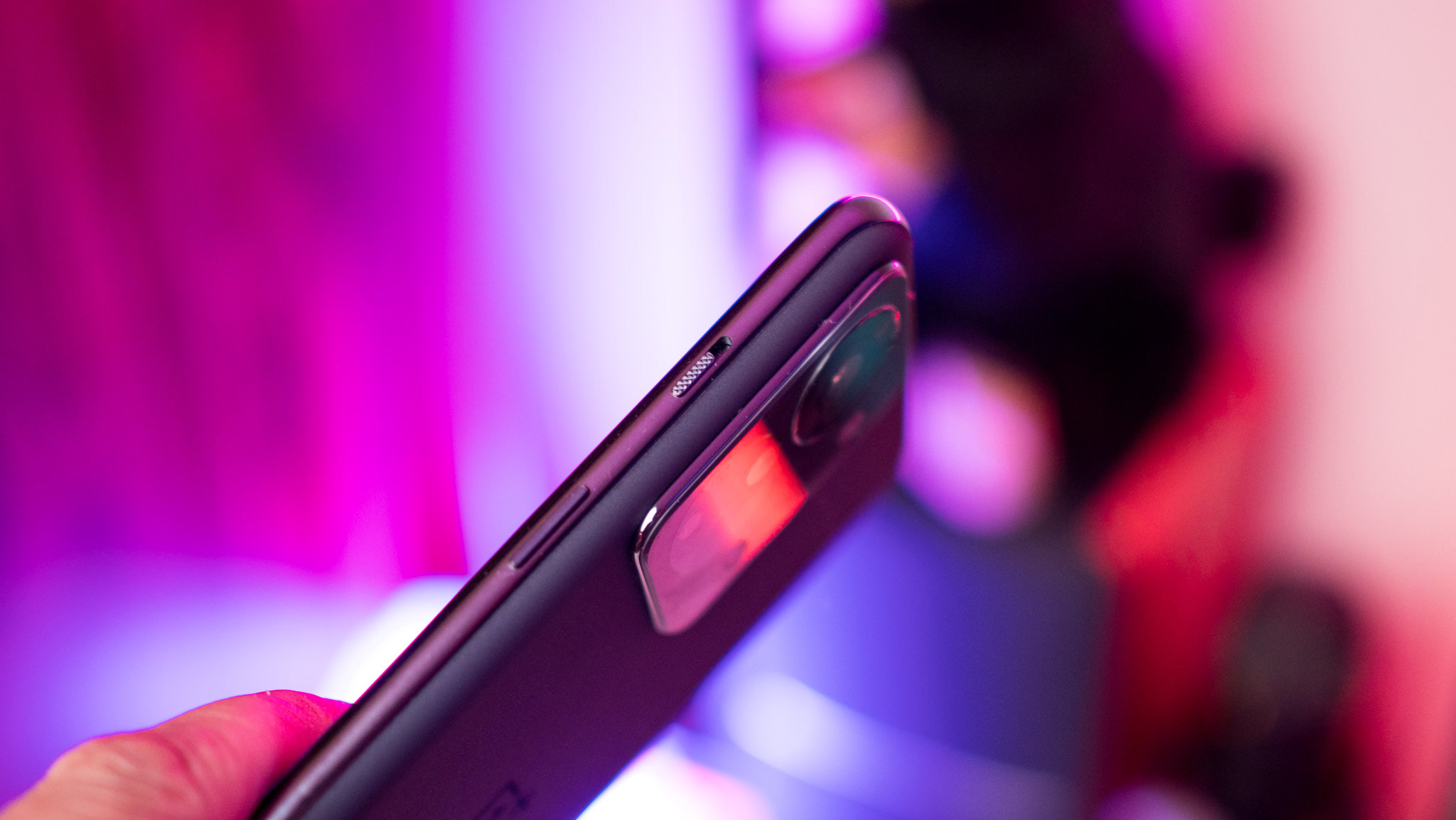


Other than that, you're getting the same fundamentals as the Nord 2; the Nord 2T has a glass front and back that's sandwiched by a polycarbonate mid-frame, and the in-hand feel is identical. Both phones have nearly identical dimensions, but the Nord 2 is slightly easier to manage as it doesn't feel top-heavy, unlike the Nord 2T. Like last year, you get Gorilla Glass 5 covering the front and back of the device.
The Nord 2T is available in Gray Shadow and Jade Fog color variants, and the Gray Shadow has a matte finish that's designed to make it easier to hold and use. You'll find the alert slider on the right, the SIM card tray at the bottom next to the USB-C charging port, and there's stereo sound here.
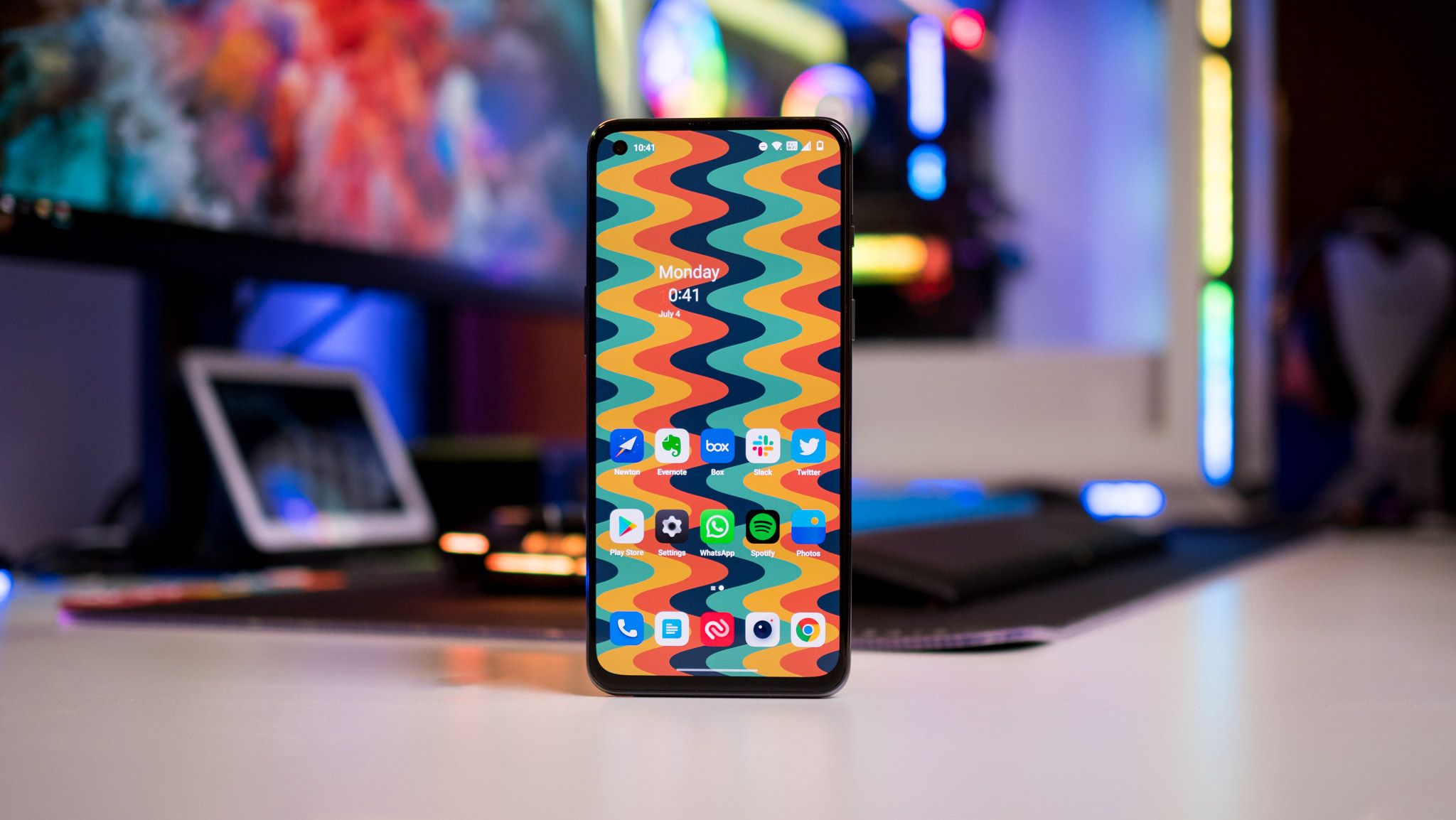
OnePlus hasn't made any changes to the screen, and as such the Nord 2T uses the same 6.43-inch AMOLED FHD+ (2400 x 1080) panel with 90Hz refresh as last year. That's an interesting choice, as the Nord 2 itself retained the same panel as the first-gen Nord. Essentially, you're getting that same panel here with little in the way of differentiation.
The 90Hz AMOLED panel is unchanged from last year, which was the same as the first-gen Nord.
As for customizability, you can choose between the Vivid or Natural color modes, with no option to manually pick the sRGB color gamut, as is the case with the likes of the OnePlus 10 Pro. You also miss out on a lot of image and video upscaling modes, and dynamic refresh — the panel only switches between 60Hz and 90Hz.
That said, always-on mode is identical to the 10 Pro, and you have useful additions here like Insight and Canvas. The panel itself continues to be a good showing in this category, delivering great colors and adequate brightness levels. The stereo sound isn't quite as detailed or loud as other mid-range devices, but it is passable for the occasional video or casual game.
Talking about gaming, the Nord 2T still limits most games to 60Hz, even when there is the option to go up to 90Hz. This is likely to prevent overheating, but most other devices in this category aren't as aggressive at managing thermals, so I'm not sure why OnePlus went this route.
OnePlus Nord 2T: Performance
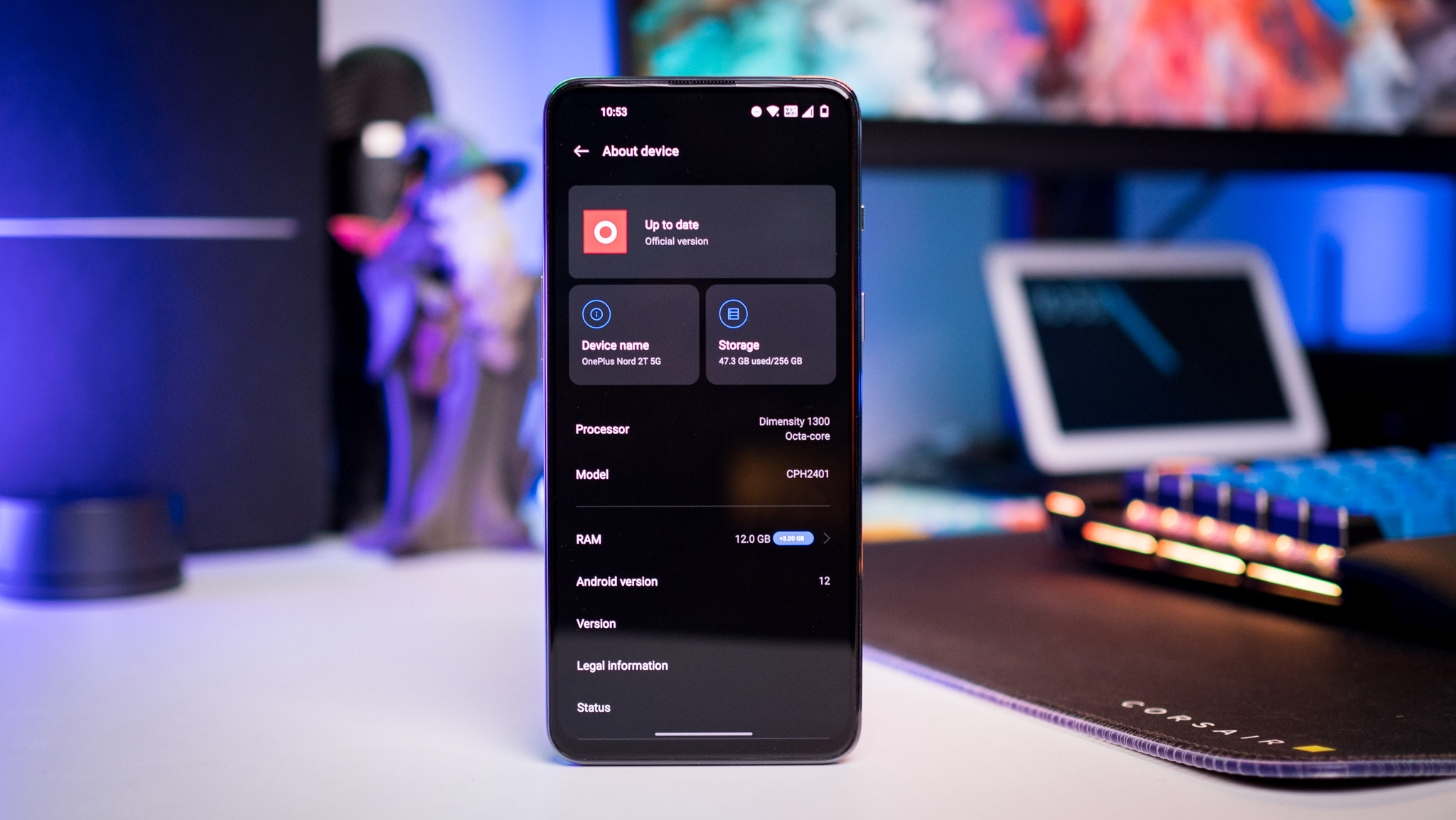
There isn't much to talk about on the hardware side of things. The Nord 2T is powered by MediaTek's Dimensity 1300, and there's virtually no difference to last year's Dimensity 1200. The Dimensity 1200 has the same set of A78 and A55 cores with the same frequencies, and it uses the same Mali G77 gaming engine with nine cores. The Dimensity 1300 is built on the same 6nm node, so there aren't any efficiency gains here either.
| Category | OnePlus Nord 2 | OnePlus Nord 2T | Galaxy A53 |
|---|---|---|---|
| CrossMark (Overall) | 645 | 530 | 510 |
| Productivity | 653 | 495 | 551 |
| Creativity | 664 | 588 | 472 |
| Responsiveness | 570 | 484 | 533 |
| Geekbench 5.1 (single-core) | 803 | 534 | 743 |
| Geekbench 5.1 (multi-core) | 2405 | 2826 | 1929 |
| 3DMark Wild Life (score) | 4227 | 4627 | 2335 |
| 3DMark Wild Life (FPS) | 25.3 | 27.7 | 14.02 |
| 3DMark Wild Life Extreme (score) | 1294 | 1318 | 642 |
| 3DMark Wild Life Extreme (FPS) | 7.75 | 7.9 | 3.8 |
Now, given that the Dimensity 1300 is identical to the Dimensity 1200, there should be less than a 5% variance in these scores between the Nord 2T and the Dimensity 1200-powered Nord 2.
However, that isn't the case. The Nord 2T scored consistently lower for workloads involving a single core, and I'm not really sure why that's the case. It could be that the Dimensity 1300 on the Nord 2T has been configured for energy efficiency, and as such it has a lower thermal threshold.
The 3DMark scores show that it is able to deliver marginal gains over the Nord 2, and in my usage, I didn't see any real-world difference between the Nord 2 and 2T in gaming when using both devices side-by-side.
The hardware here is on par with the best mid-range phones, and that makes the Nord 2T a good option if you're interested in mobile gaming. The Dimensity 1300 has a few additional features aimed at gaming thanks to an AI-assisted utility that variable rate shading and better resource management.
I'm still not sure why the phone has such low single-core scores, but it doesn't pose a problem in real-world use — I didn't see any lag or slowdowns in daily use.

You won't find any differences on the connectivity side of things either; the Nord 2T has the same Wi-Fi 6 and Bluetooth 5.2 connectivity as the Nord 2, and you get the same AptX HD audio codec. And just like last year, there's no ingress protection whatsoever, so you're better off not using the device if it's raining out or near water bodies. The Nord 2T has eight 5G bands in India — 1/3/5/8/28/40/41/78 — with the global model featuring nine bands in total: 1/3/7/8/20/28/38/41/78.
OnePlus didn't change the storage configurations as well, and you can pick up the Nord 2T with 8GB of RAM and 128GB of storage or 12GB of RAM and 256GB of storage. Like last year, the device uses LPDDR4X RAM modules and UFS 3.1 storage. The base model should be ideal for most users, with the 256GB option available if you need more storage. Given how little has changed over last year, I would have liked to see 256GB of storage as standard on the Nord 2T.
The optical in-screen sensor is just as reliable as last year, and I didn't have any issues with it. Similarly, the vibration motor delivers good feedback, and is a decent enough showing in this category.

The marquee hardware addition on the Nord 2T is 80W fast charging, up from 65W in the Nord 2. The phone uses a dual-cell design with two 2250mAh cells that charge up to 40W simultaneously, and it takes just over 35 minutes for a full charge. You'll be able to get up to 60% in 15 minutes, and while that's more than adequate for several hours' worth of use, there isn't any meaningful charge over last year.
You still get all-day battery life, but 80W charging isn't measurably faster than the 65W standard in real-world use.
The Nord 2 posts identical figures with its 65W charger, and this is in line with other 80W phones I've tested this year — there's not much in the way of real-world difference to the 65W standard. Sure, you'll see a smidgen more charge at the 15-minute mark, but the figures for a full charge are so close that it makes no tangible difference in day-to-day use.
There's no Battery Health Engine here, so the Nord 2T is guaranteed to last the same 800 charge cycles without battery degradation as other phones in this category. Thankfully, there's still a charger bundled in the box, and in addition to hitting 80W for the Nord 2T, it goes up to 33W over USB PD.
As for battery life, I averaged a little over a day's worth of use out of the 4500mAh unit on the Nord 2T. I didn't have any issues with battery anxiety, and I didn't have to plug in the device before the end of the day.
OnePlus Nord 2T: Cameras
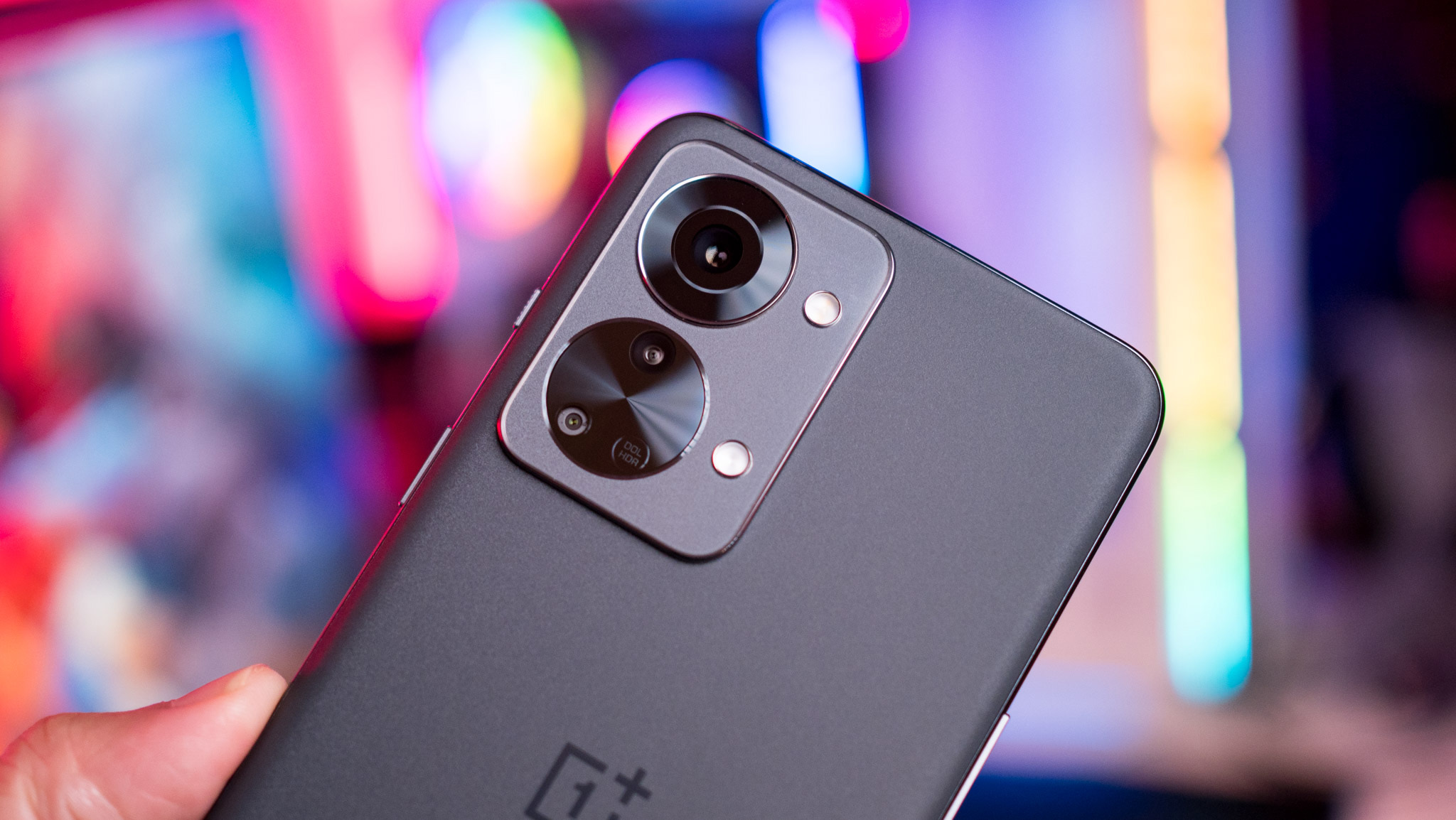
Like the rest of the device, there isn't anything new to talk about on the camera side of things with the Nord 2T. The phone uses the same 50MP Sony IMX766 primary lens as last year, and it's joined by an 8MP wide-angle module and 2MP portrait lens. You'll find the same 32MP camera at the front, and like last year, it is limited to 1080p video.
On the subject of video, the 50MP camera at the back is still limited to 4K at 30fps; this isn't a hardware limitation either by MediaTek or Sony, and I don't really understand why we can't get 4K at 60fps in this category. There is the ability to shoot 1080p at 480fps and 720p at 960fps now, and other than that, this is the same package as the Nord 2.

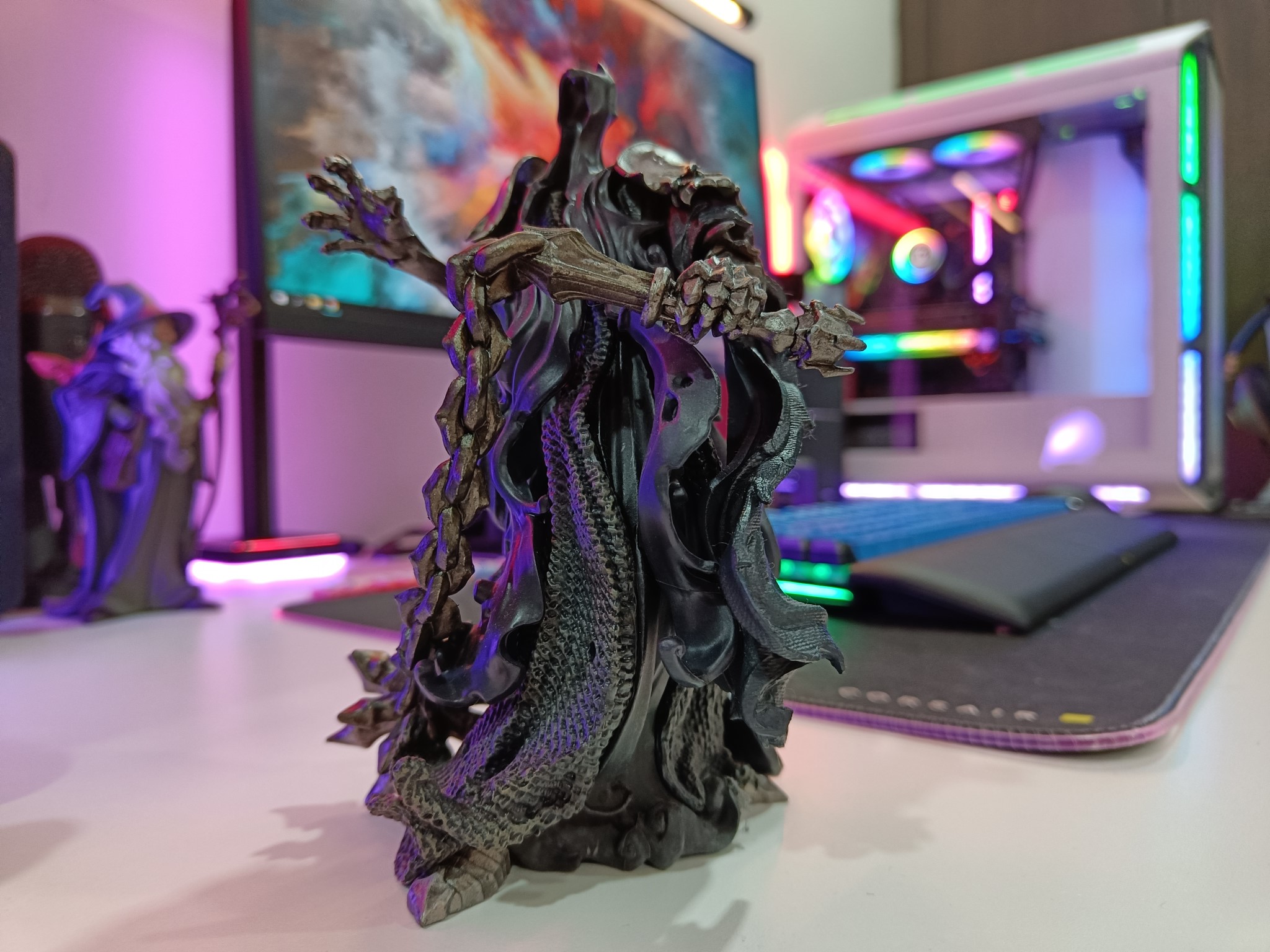





Considering the phone is using the same hardware and tuning algorithms, there isn't a lot of variance in image quality. The Nord 2T produces daylight shots with good dynamic range and excellent detail, but there are situations where colors tend to look overly saturated. The phone does a decent job in low-light as well, but you can make out noise, and the phone uses low ISO to minimize noise levels, sacrificing finer details. You will need to use the dedicated Night mode to get the best results at night.
On that note, Night mode is limited to the main 50MP camera — you can't use it with the wide-angle lens. That puts the wide-angle lens at a bigger disadvantage, because in and of itself the module isn't as good as the primary lens. There's a noticeable difference in color balance between the two modules, and the wide-angle lens just doesn't measure up in low-light situations.
Overall, the Nord 2T has a decent enough camera for the mid-range category. The resultant shots are good most of the time, and you can get usable images in low-light situation with the Night mode. That said, Xiaomi and Realme have made a lot of strides in this area, and with Google set to introduce the Pixel 6a, it feels like the Nord 2T will be left behind in a few weeks' time.
OnePlus Nord 2T: Software
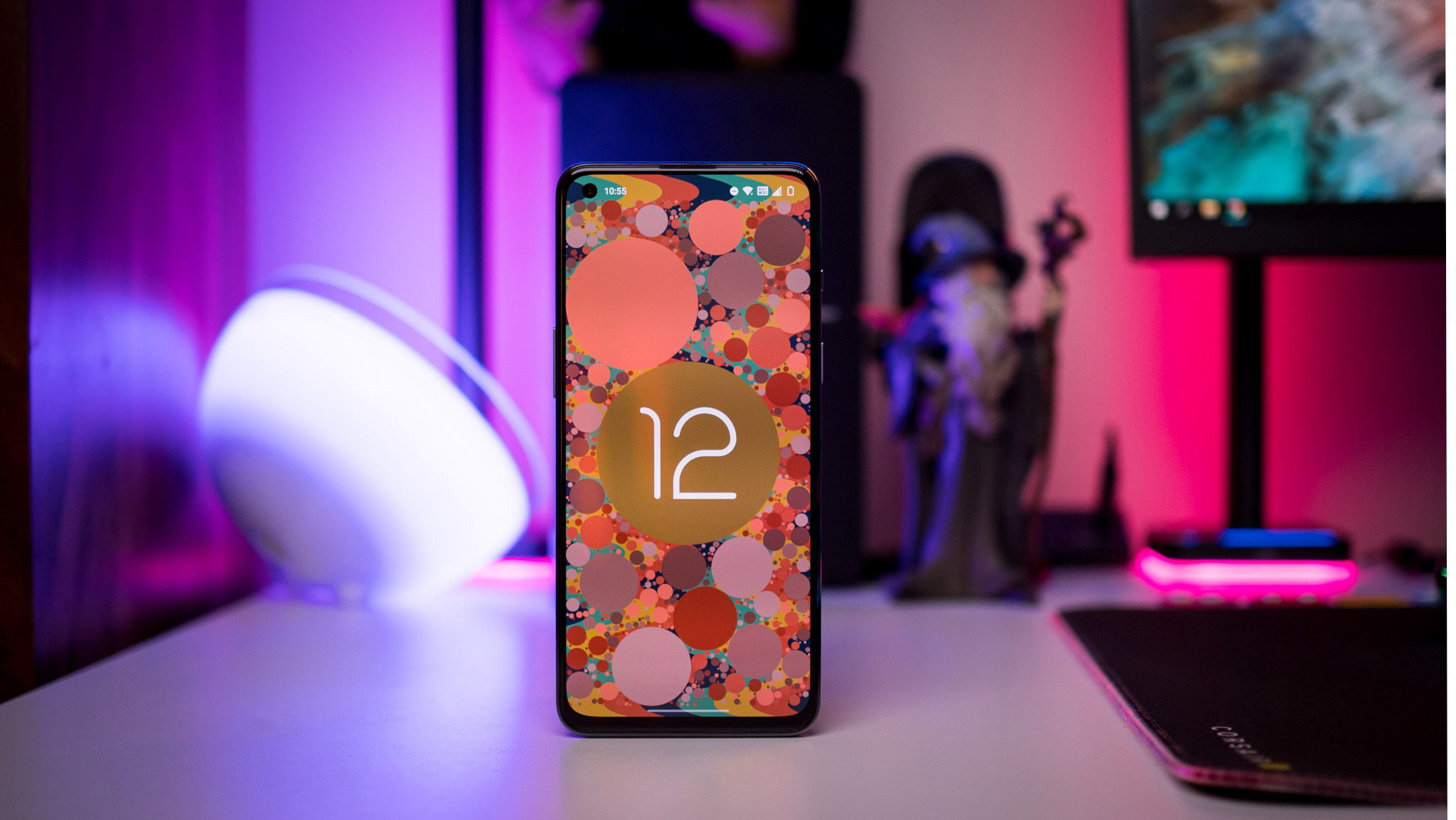
The Nord 2T runs OxygenOS 12.1 based on Android 12 out of the box. Last year's Nord 2 was the first phone to feature a ColorOS foundation, but it wasn't until the full rollout of OxygenOS 12 that we got a good look at what the integration would entail. I've already written extensively about OxygenOS 12, and what you're essentially getting here is ColorOS 12 with a slightly different skin.
What I like most about the current iteration of OxygenOS 12.1 is the fact that it continues to be devoid of bloatware. This continues to be a major issue in the mid-range category, and it's good to see that the Nord 2T isn't encumbered by errant bloat that you won't use. The interface itself is identical to what you get with ColorOS, so if you're making the switch from an older OnePlus phone, it looks significantly different.
You're getting a fluid bloat-free interface here, but don't hold out for timely software updates.
That said, you still get a lot of customizability, and for once, I didn't run into any major bugs while testing the Nord 2T — that hasn't been the norm with OnePlus phones of late. You'll find all the features Google introduced in Android 12, and useful extras like Work Life Balance and Zen Mode are intact. The interface is fluid and feels optimized for the hardware, and it is enjoyable in day-to-day use.
OnePlus continues to push its Red Cable Club and associated services, including its cloud storage plan. I don't see the point of it considering Google does a much better job with Google One, and you get more features while paying less.
As for software updates, the Nord 2T will get two guaranteed Android platform updates along with three years of security updates. That's in line with what other manufacturers in this category, but with Samsung delivering four Android updates to the Galaxy A series and Xiaomi guaranteeing three platform updates to its mid-range phones, OnePlus should do more.
Then there's the timeliness of the updates. After all, the whole point of the integration with ColorOS was to deliver fast updates, but that hasn't materialized as of July 2022 — if anything, OnePlus is taking longer than it used to for rolling out stable platform updates.
OnePlus Nord 2T: The competition
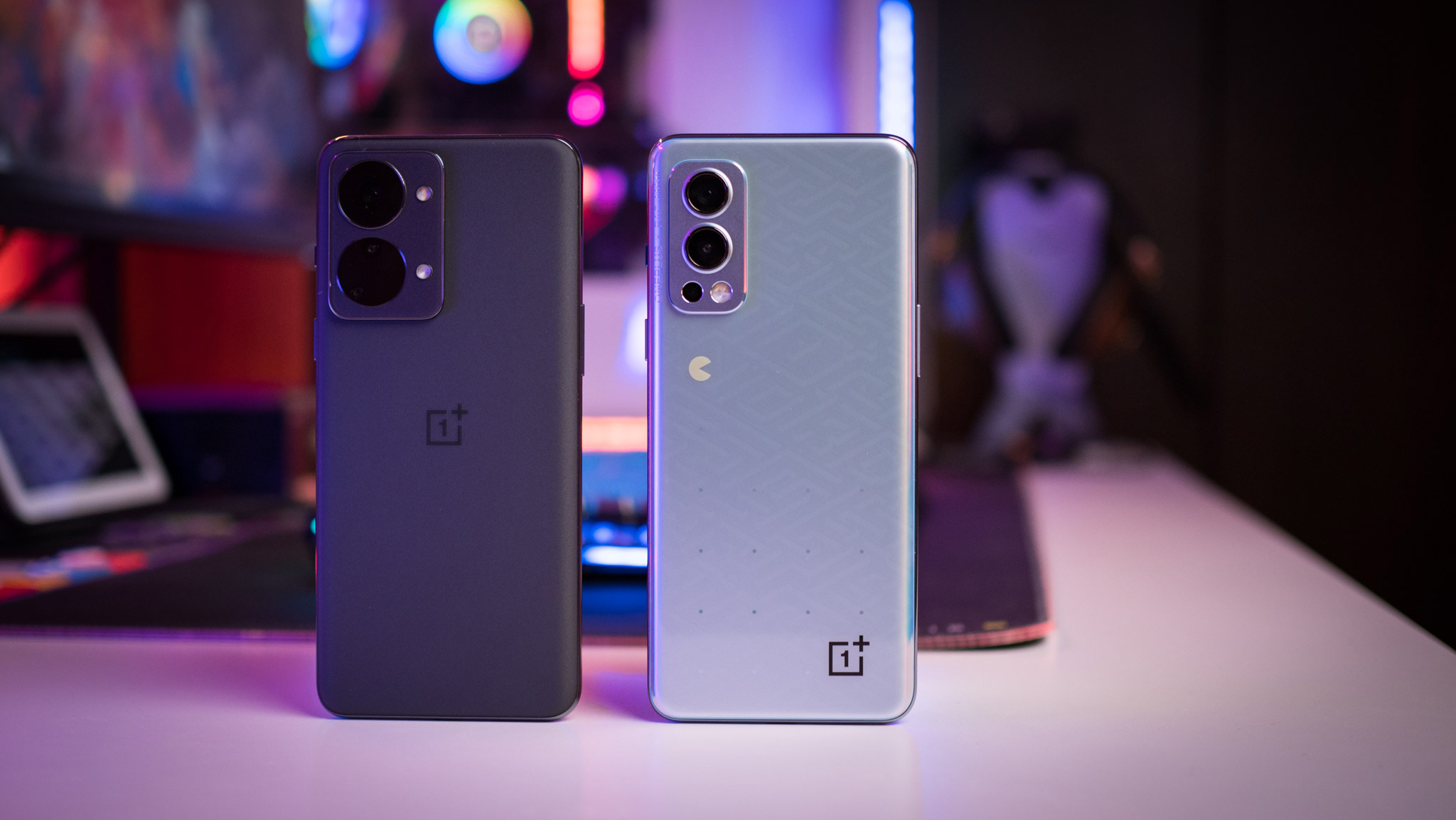
The obvious alternative to the Nord 2T is its predecessor. Because it's been available for a year, the Nord 2 is now sold at a discount, and that makes it a downright bargain given that it is the same phone as the Nord 2T. Honestly, there's no measurable difference between the two devices in daily use, so if you need a phone right now, save some cash and get the Nord 2.
Then there's the Nothing phone (1), arguably the most talked-about phone of 2022. It definitely looks better than the Nord 2T, and while I'm not so sure about the cameras or the state of software just yet, it is bound to cost roughly the same in the U.K. and India.
The Pixel 6a is making its debut shortly, and it will be available in the U.K. at launch and heading to India later in the year. I'm very excited for the Pixel 6a because it uses the same Tensor platform as the Pixel 6 and 6 Pro, and having used the latter for the better part of a month, it's great to see that level of performance in the mid-tier category.
Basically, if you're looking to upgrade, you should wait a bit — there are a lot of exciting phones launching in the coming weeks.
OnePlus Nord 2T: Should you buy it?
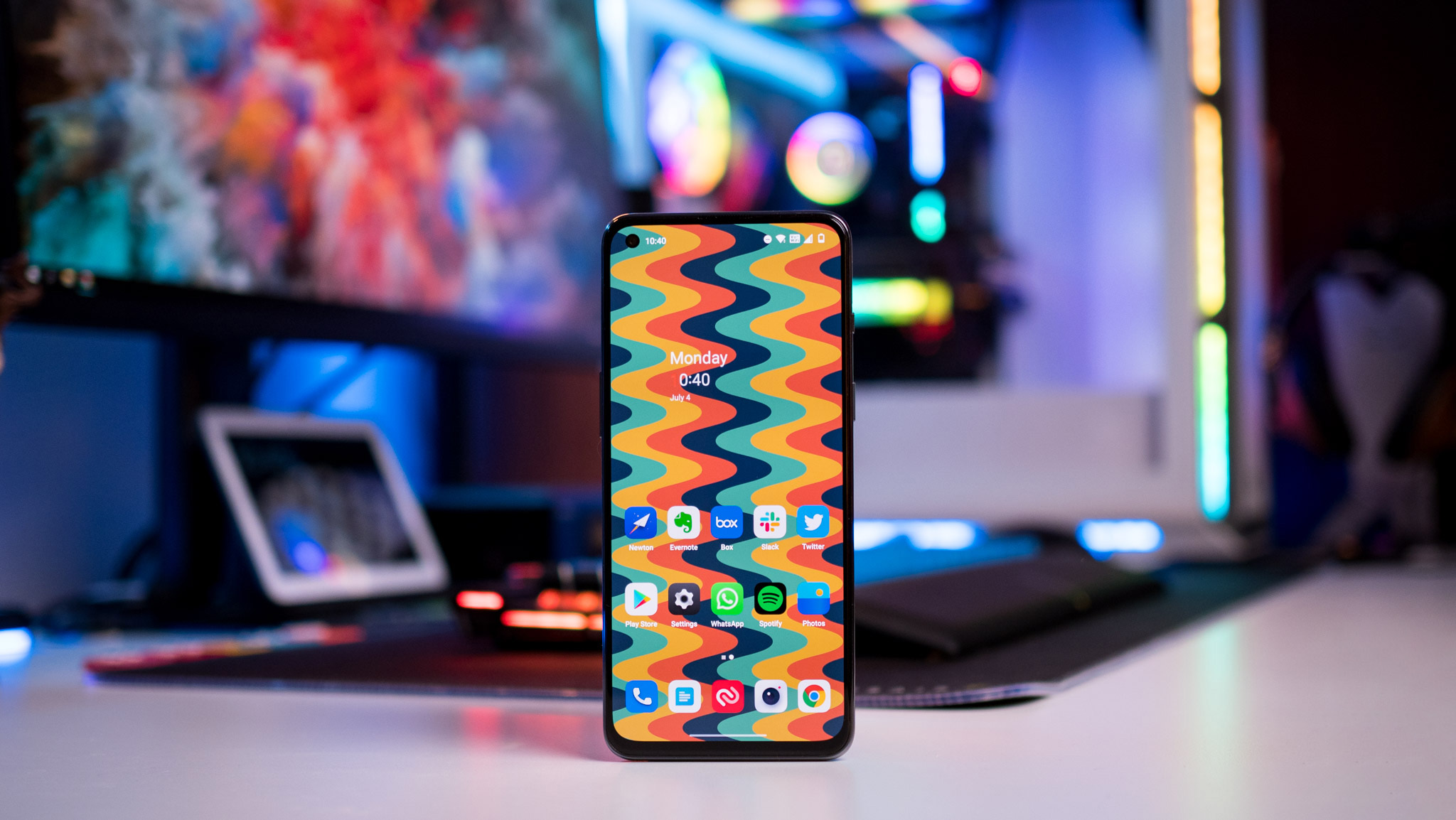
You should buy this if:
- You're using the first-gen Nord or an older budget phone
- You want a phone with reliable hardware and a good camera
- You need fast wired charging and a design that's easy to hold and use
You shouldn't buy this if:
- You need a mid-range phone with ingress protection
- You want wireless charging
- You need fast software updates
I could have saved a lot of time and reused most of last year's Nord 2 review, because there isn't anything meaningfully different on the Nord 2T. It's essentially the same phone as the Nord 2 with a design that's not quite as good, so if you're using an older OnePlus phone or a budget device and need to switch, the Nord 2T is a good option.
You are getting a good AMOLED screen here, along with reliable hardware that's great for gaming, bloat-free software, good camera at the back, and all-day battery with fast wired charging. There's no ingress protection or wireless charging here, and don't hold out for timely software updates — if the situation with the Nord is any indication, it will be a long wait for the Nord 2T to get platform updates.
However, because there's no difference to last year's model, you're better off picking up the Nord 2. The only thing you're missing out on is an additional platform update; the Nord 2 launched with Android 11 out of the box, so it will only be updated to Android 13. But if that's not an issue, you can easily save some cash and get last year's model instead.
OnePlus should have done more to differentiate the Nord 2T; as it is, the phone doesn't justify the T moniker. Ultimately, it is a letdown for fans that passed on the Nord 2 last year to see what the brand would come up with in 2022. If you need a solid mid-ranger right now, the Nord 2 is still the best option.

Considering there's virtually no difference between the Nord 2 and 2T, you're better off picking up the former. The Nord 2 is a reliable all-rounder in 2022, and the fact that it's on sale makes it that much more enticing.

Harish Jonnalagadda is Android Central's Senior Editor overseeing mobile coverage. In his current role, he leads the site's coverage of Chinese phone brands, networking products, and AV gear. He has been testing phones for over a decade, and has extensive experience in mobile hardware and the global semiconductor industry. Contact him on Twitter at @chunkynerd.
